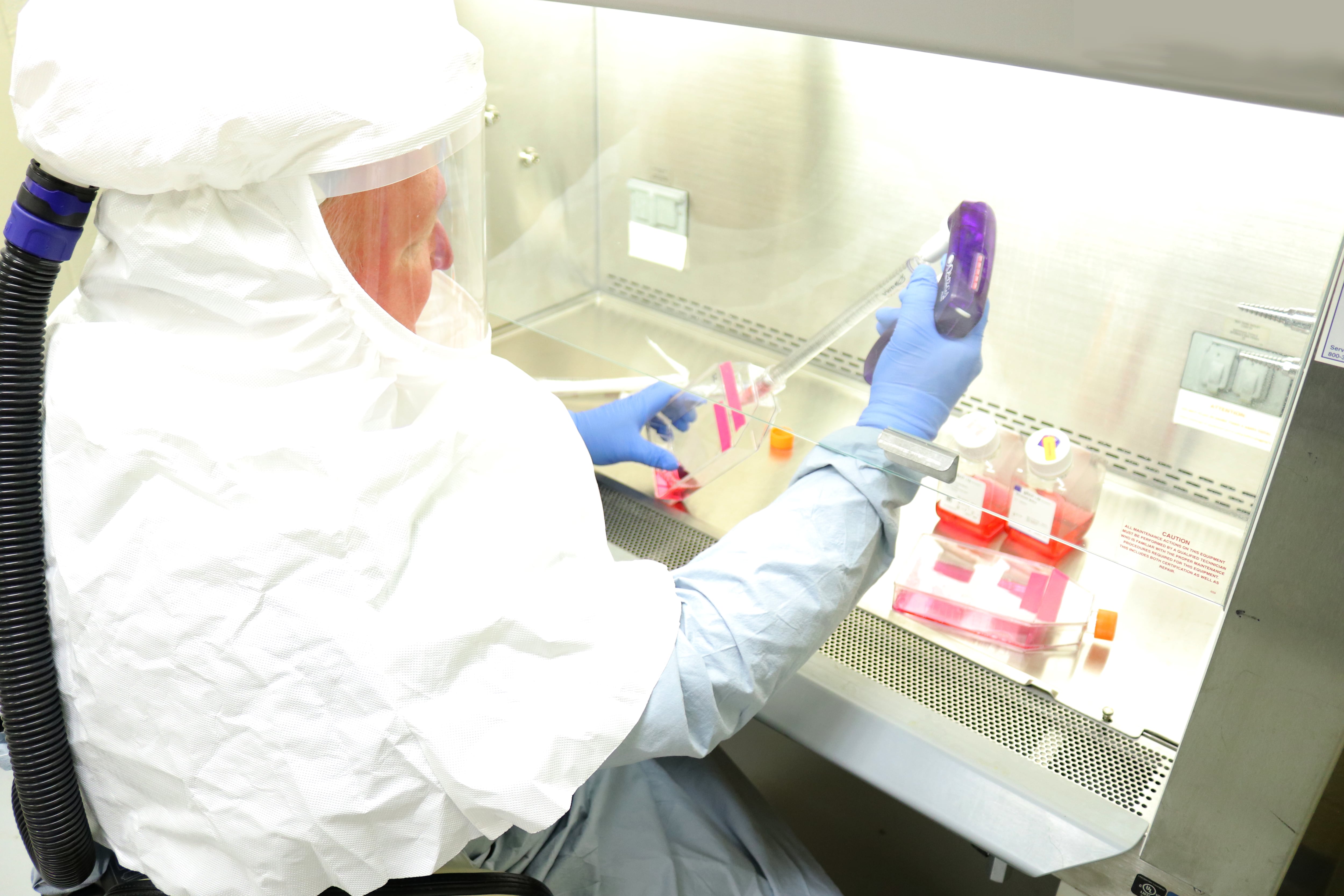Army researchers are taking their first COVID-19 vaccine candidate to the next research stage — human clinical trials.
Researchers are expecting to start recruiting volunteers in July in the Washington, D.C. metropolitan area, with injections to begin in early September, said Samir Deshpande, spokesman for Walter Reed Army Institute of Research. The institute has a long-standing clinical trials center. Anyone in the community can volunteer to participate in the clinical trials, including military members.
Researchers began looking at developing a COVID-19 vaccine candidate in January, and identified one approach with about two dozen different versions, he said. They tested different versions on mice to see which did the best job of prompting an immune response to COVID-19.
This first human testing phase will start with about 50 participants.
“Key results will be obtained in less than two months, but the trial will extend beyond that to look at long-term immune responses,” Deshpande said. “If the results are positive from the first two months, they will trigger a much larger scale trial before phase one ends.”
There are also two backup candidates that are vaccine possibilities.
There are about a dozen COVID-19 vaccine possibilities around the world in various stages of testing, but this is the first from WRAIR. During a press call Thursday, Thomas McCaffery, assistant secretary of defense for health affairs said this vaccine candidate is one of about five or six that researchers are developing across DoD.
The Trump administration is aiming for a COVID-19 vaccine by January.
Army researchers are also hopeful that this vaccine candidate could result in a universal vaccine that will be effective against not just COVID-19, but against other coronaviruses that could emerge in the future.
WRAIR has developed many vaccines and medicines that are being used today in military and civilian medicine around the world. The institute used its more than a century of expertise and infrastructure “to be able to compress what would, under normal circumstances, be two years of discovery and design work into several months,” said Dr. Kayvon Modjarrad, director of the Emerging Infectious Diseases Branch of WRAIR, in a press release.
The leading candidate is called SpFN, for Spike Ferritin Nanoparticle.
The vaccine uses a ferritin platform, as ferritin is a protein found in virtually every living thing, Deshpande said. The ferritin will carry specific pieces of the coronavirus spike protein to the immune system. The spike protein is the part of the virus that attaches to the lungs. The body won’t reject the ferritin protein itself.
Karen has covered military families, quality of life and consumer issues for Military Times for more than 30 years, and is co-author of a chapter on media coverage of military families in the book "A Battle Plan for Supporting Military Families." She previously worked for newspapers in Guam, Norfolk, Jacksonville, Fla., and Athens, Ga.




